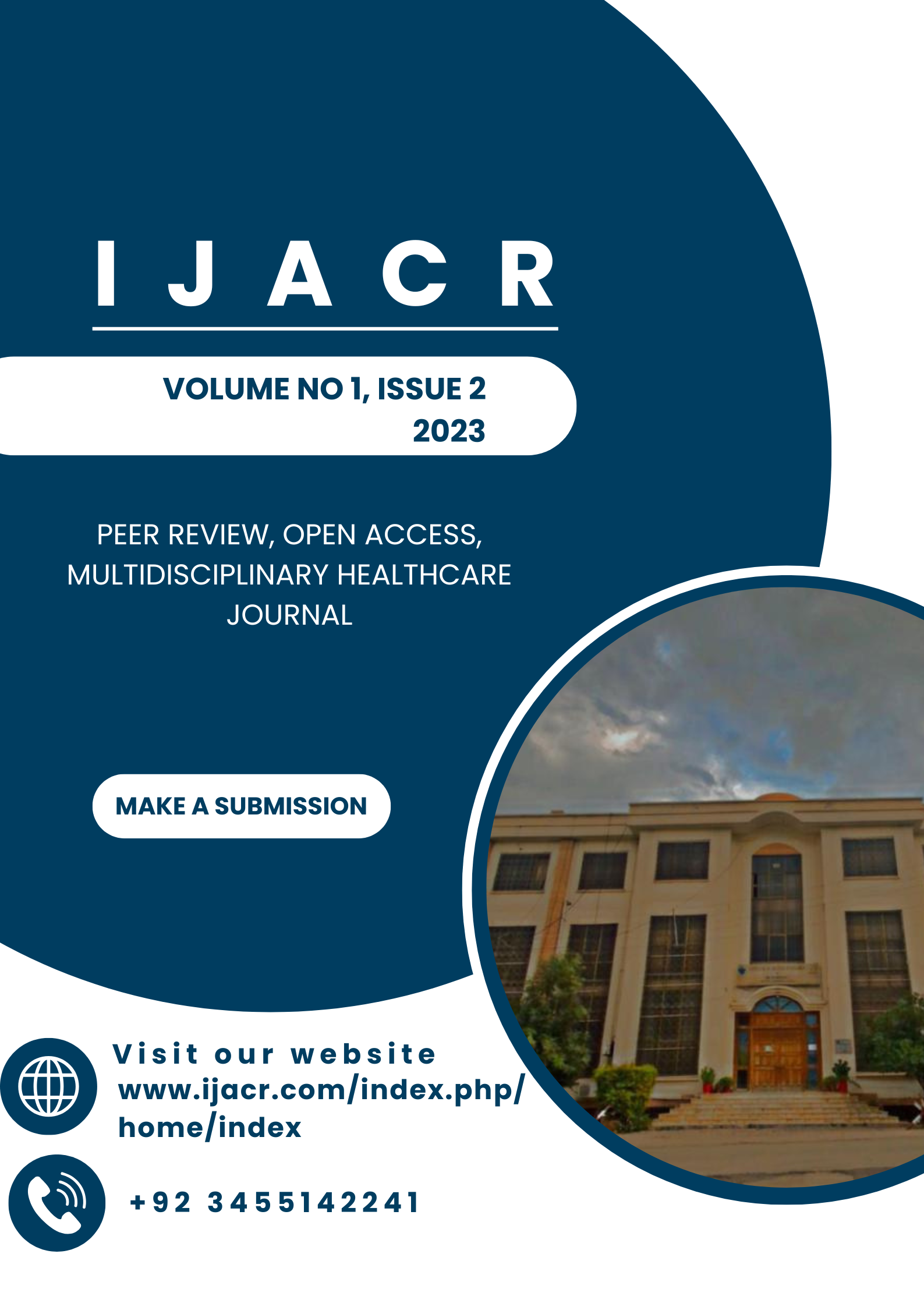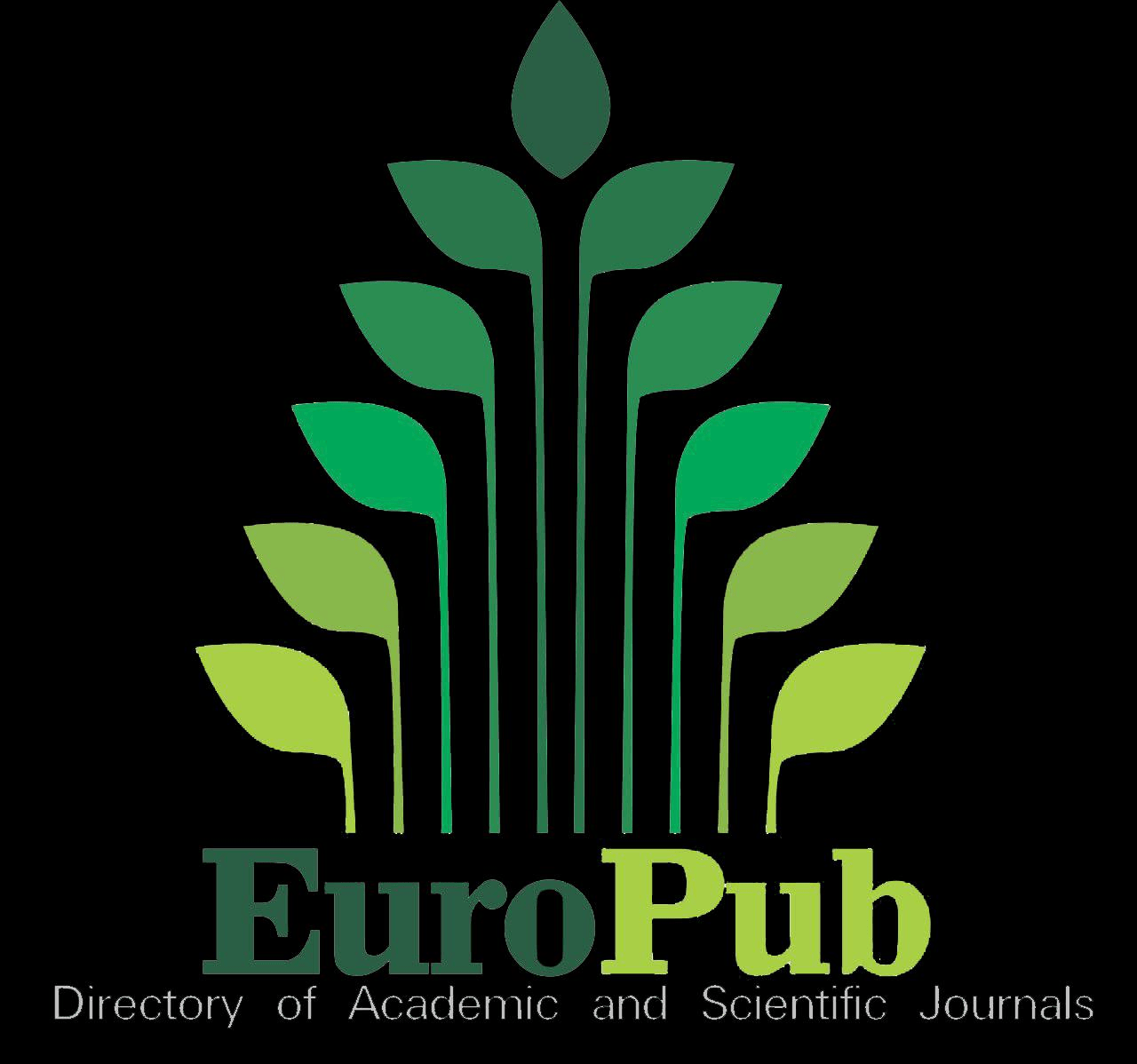Molecular Characterization of Sulfonamide and Fluoroquinolone Resistant Genes of Morganella morganii Isolates from Urinary Tract Infections (UTIs) Patients, Peshawar
Keywords:
uropathogen, urinary tract infections (UTIs), sul1, sul2, gyrA, gyrB, PCR analysis.Abstract
Uropathogens pose a significant threat to public health, affecting both community and hospitalized patients. Among these, Gram-negative bacteria represent a predominant group. In recent years, Morganella morganii has emerged as a notable cause of urinary tract infections (UTIs) worldwide, with a concerning rise in prevalence attributed to the evolution of resistance mechanisms against multiple antibiotics. The present study aimed to investigate the prevalence of M. morganii, its associated antibiotic-resistance genes, and its correlation with demographic factors such as gender and age. The findings revealed that M. morganii was more frequently isolated from females (n = 27) than males (n = 16). The highest prevalence rate (37.2%) was observed in the age group of 21–40 years. The antibiotic susceptibility profile of M. morganii isolates indicated high resistance to cotrimoxazole (77%), followed by ciprofloxacin (67%), Cefoperazone (65%), cefotaxime (58%), gentamicin (28%), amoxicillin-clavulanate (26%), imipenem (16%), Fosfomycin (9%), meropenem (7%), piperacillin-tazobactam (7%), and amikacin (5%). PCR analysis revealed the presence of antibiotic-resistance genes in the resistant isolates. Among cotrimoxazole-resistant isolates, the sul1 and sul2 genes were detected in 23 isolates each. Similarly, in ciprofloxacin-resistant isolates, the gyrA and gyrB genes were identified in 11 and 10 isolates, respectively. Interestingly, certain isolates harbored various combinations of these resistance genes. Seven isolates contained all four resistance genes (sul1, sul2, gyrA, and gyrB), while seven isolates harbored three genes in combinations (sul1, sul2, gyrA or sul1, sul2, gyrB). Nine isolates exhibited two-gene combinations (sul1 and sul2).


